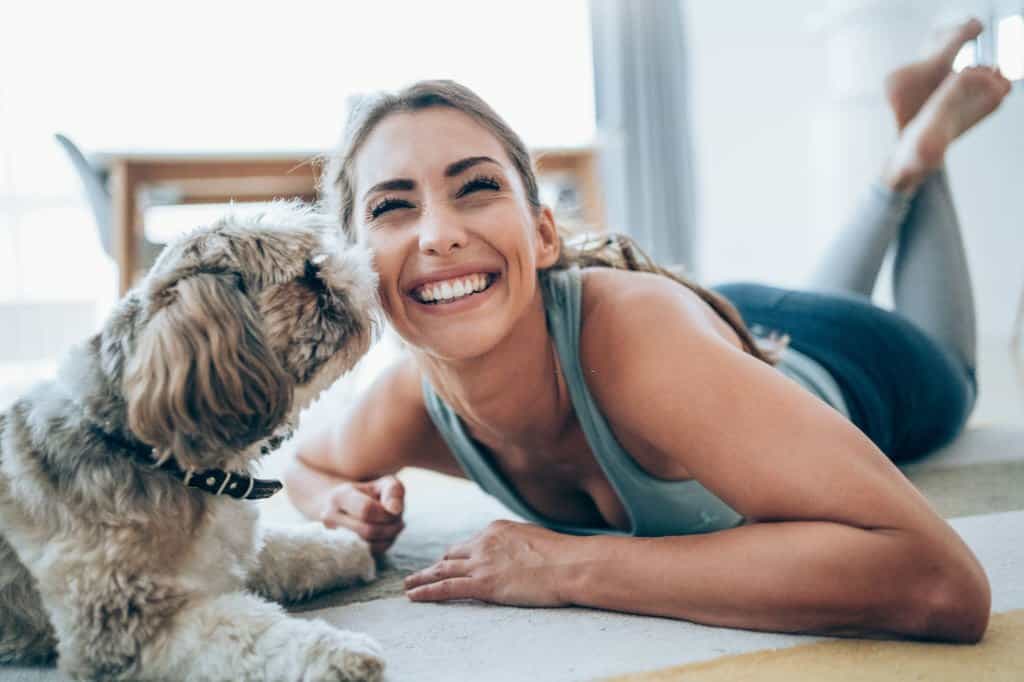Good routine grooming sessions will not only make your dog look and feel better, it will permit you to examine your dog’s nails, ears, eyes, coat, and teeth’s condition for any signs of problems. The size, breed, and type of coat will determine how often you need to groom your dog.
A healthy dog requires good hygiene customs, not like humans, most dogs do not need daily hygiene and grooming habits. The breed of your dog defines what is necessary, and how often. The Beagle, Weimaraner, and boxer are not the type of dogs that require regular grooming, therefore they spare you a lot of time in this area, while breeds as the Poodle, Komondor and Afghan hound need regular grooming. However, practices such as Teeth brushing, ear cleaning, brushing, and nail trimming are necessary and should be present in your dog care regular program, whatever the breed is.
The minute you hand your dog to a professional dog handler, or professional dog groomer, you know for certain your dog is in safe hands due to the fact that they are well trained in grooming (even some veterinary technicians are good at grooming). Learning how to groom dogs at home is definitely helpful for owners in keeping them looking and feeling good in between visits to the groomer.
Dog breeders can be a significant source of information for owners as far as grooming is concerned. A reputable and responsible breeder should have loads of expertise hence an adequate amount of knowledge on your dog breed, equipment needed, and grooming tips..
